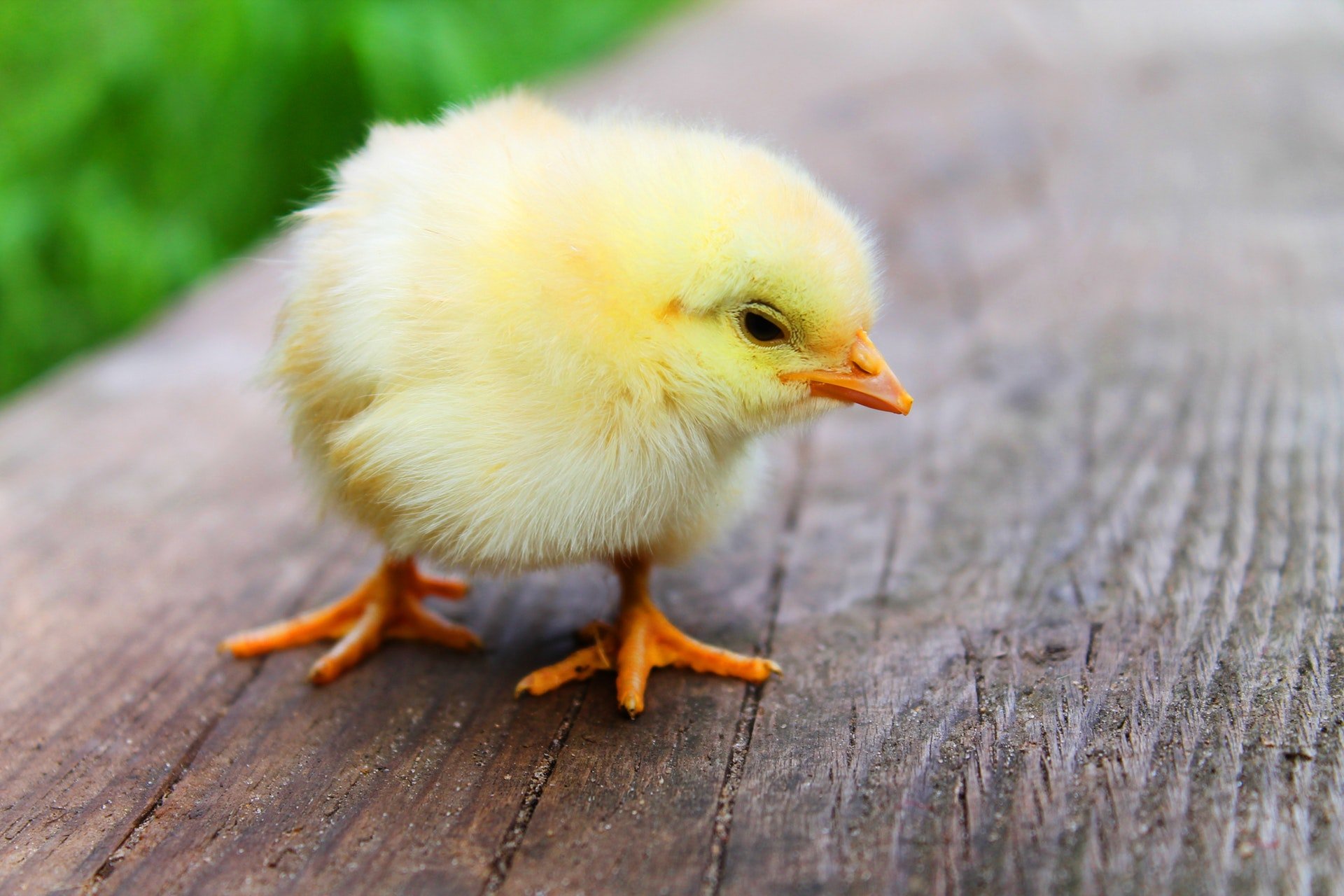Why Do Pigs Like Mud?
We’ve all seen a little pig rolling around in the mud and loving every second of it. But the question comes up “why do they do it?” Many people think that it’s because pigs are dirty animals. This is not the case, pigs are actually very clean animals. In this article we dig in to…
Read article


